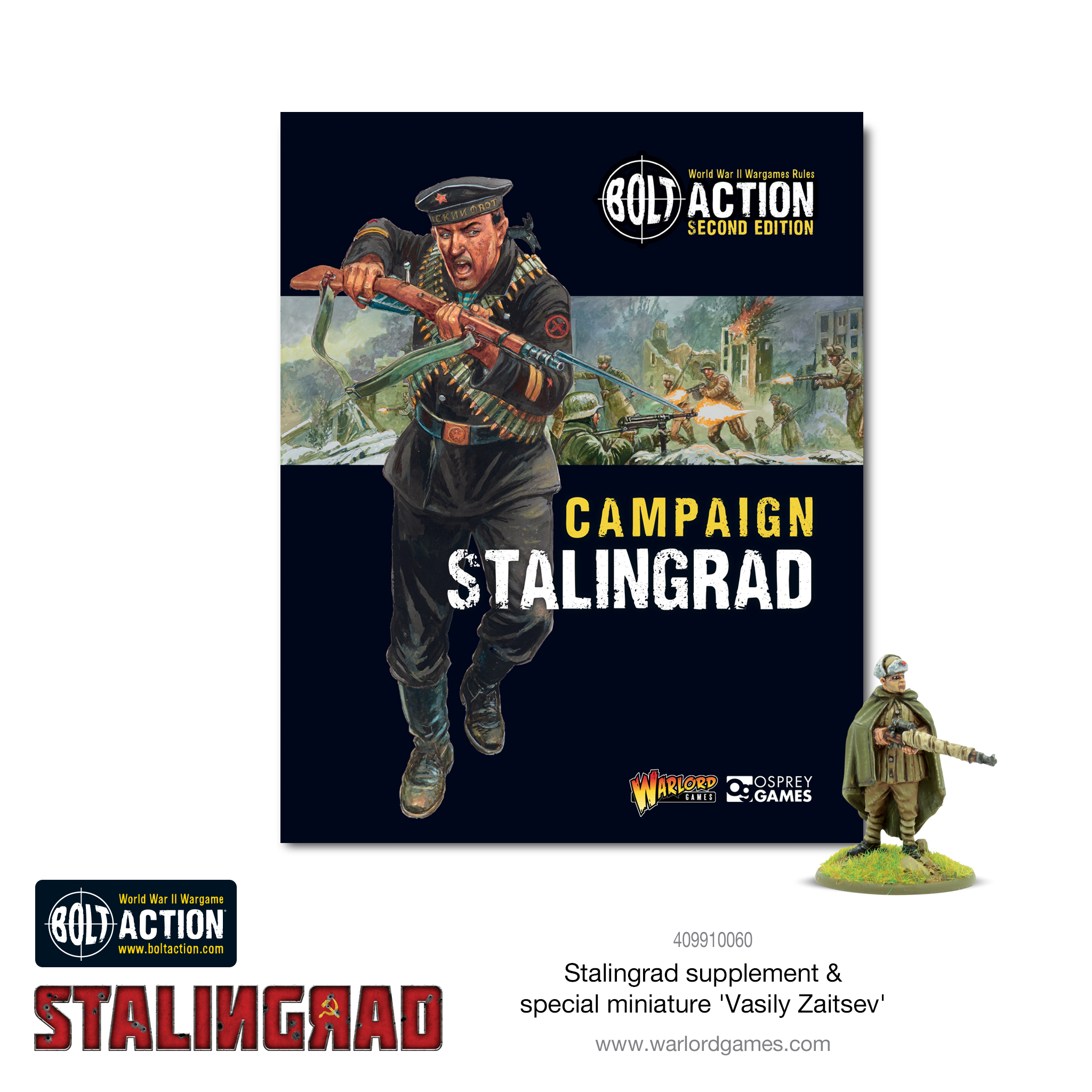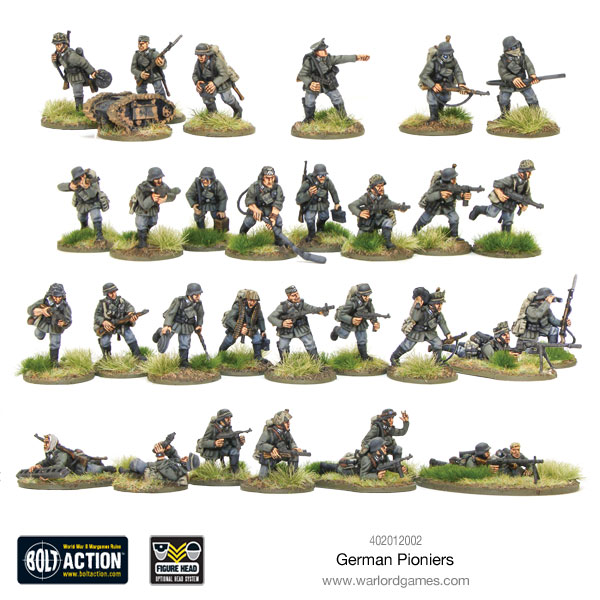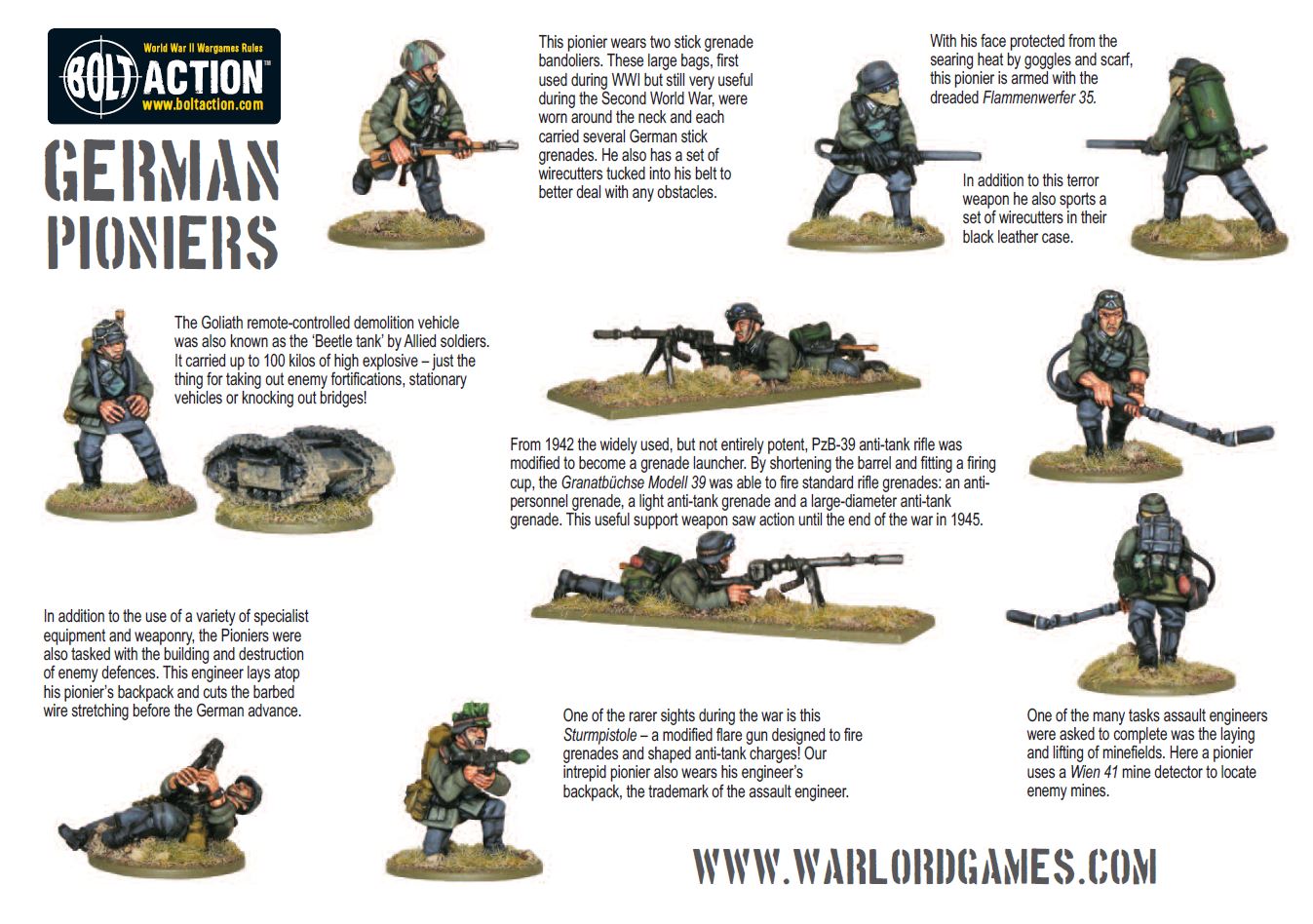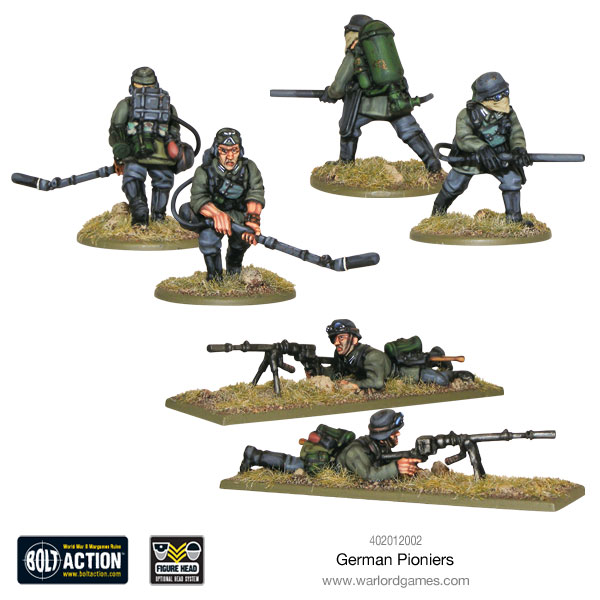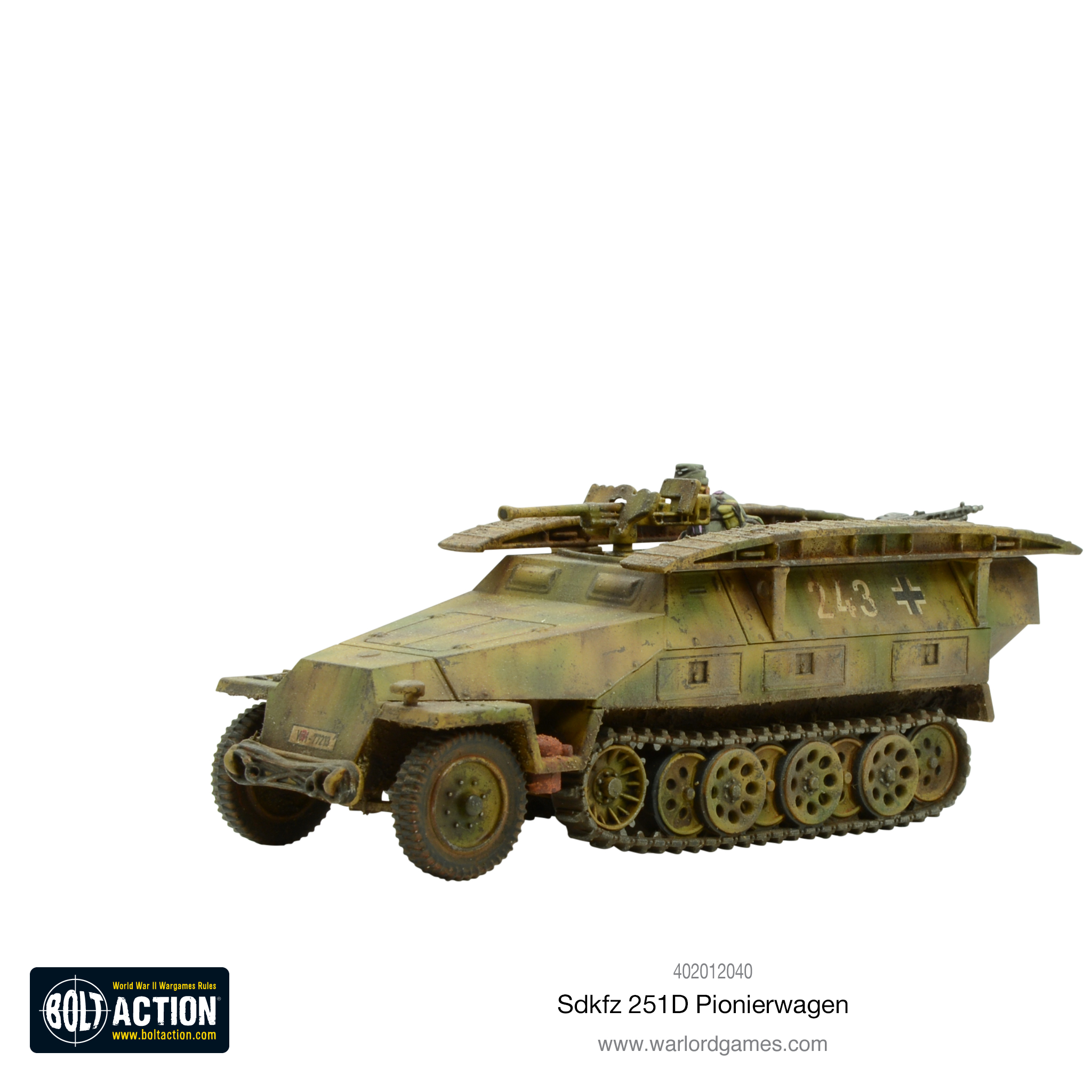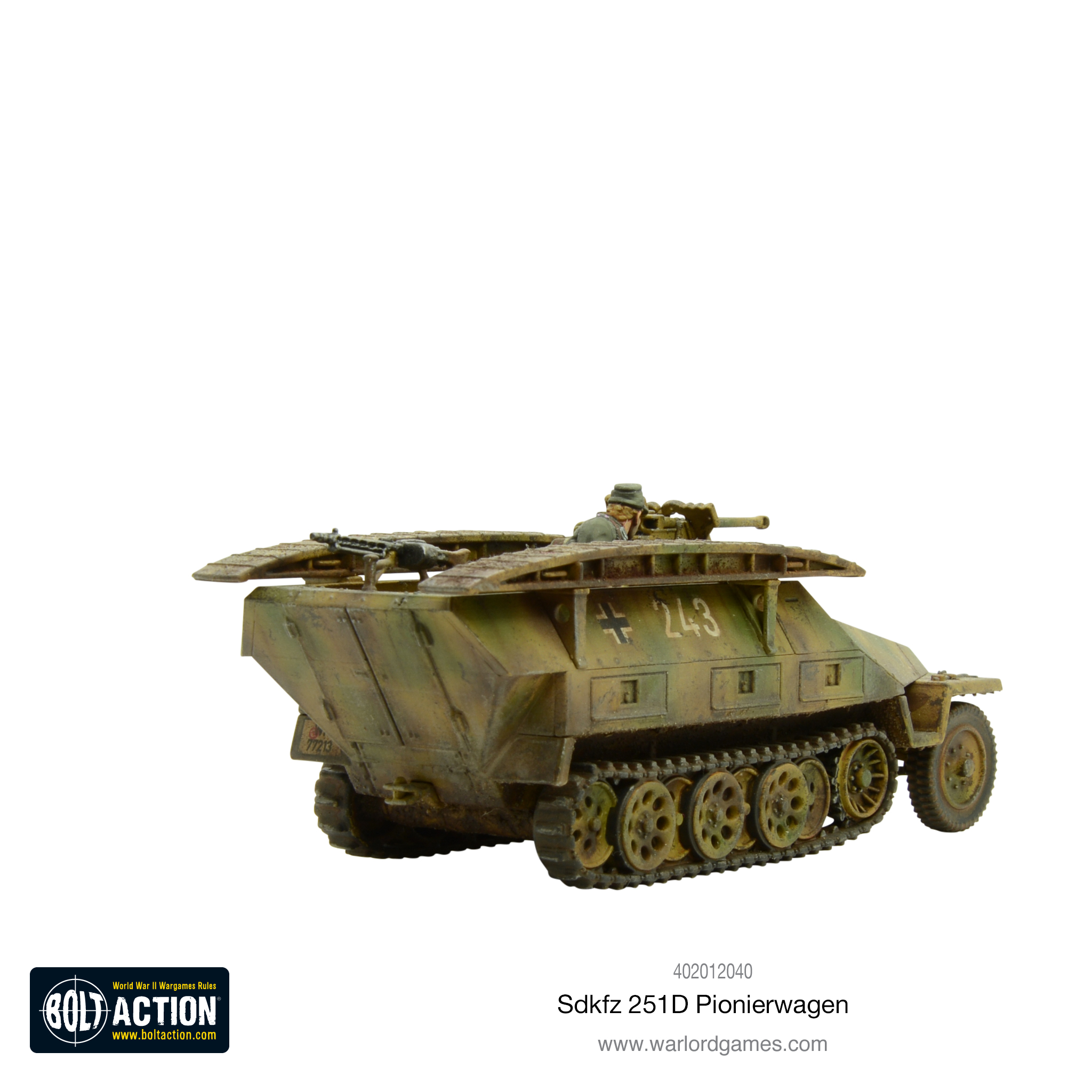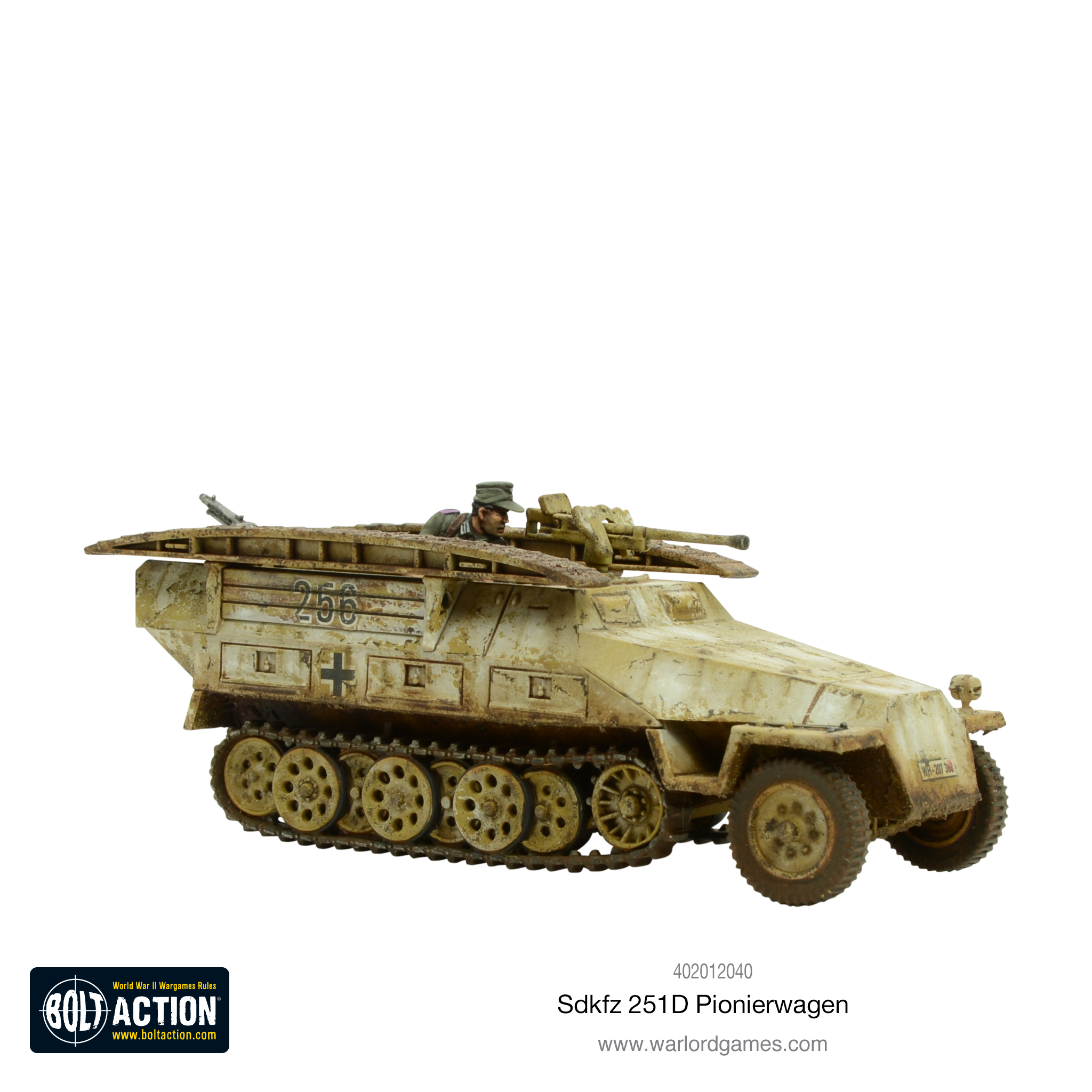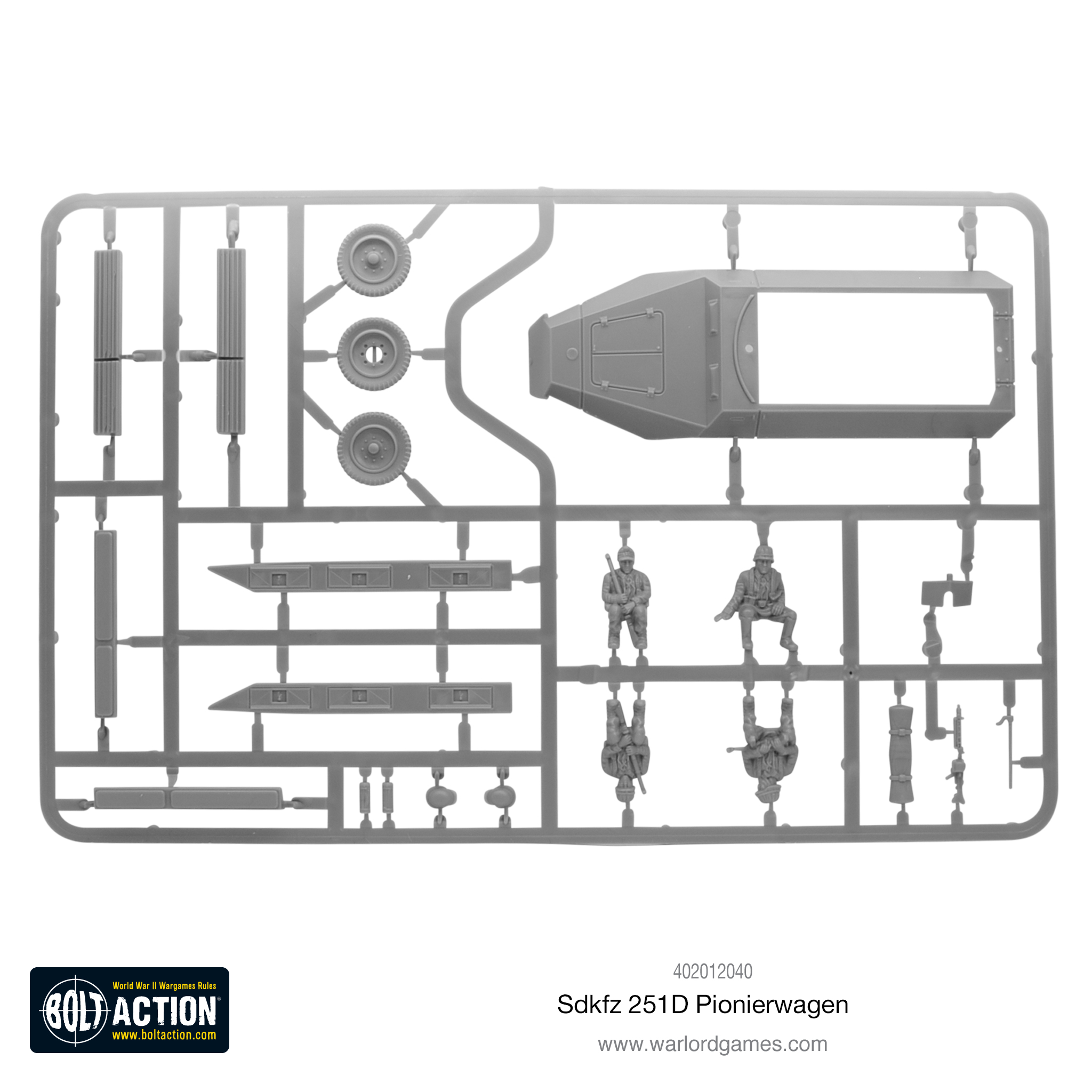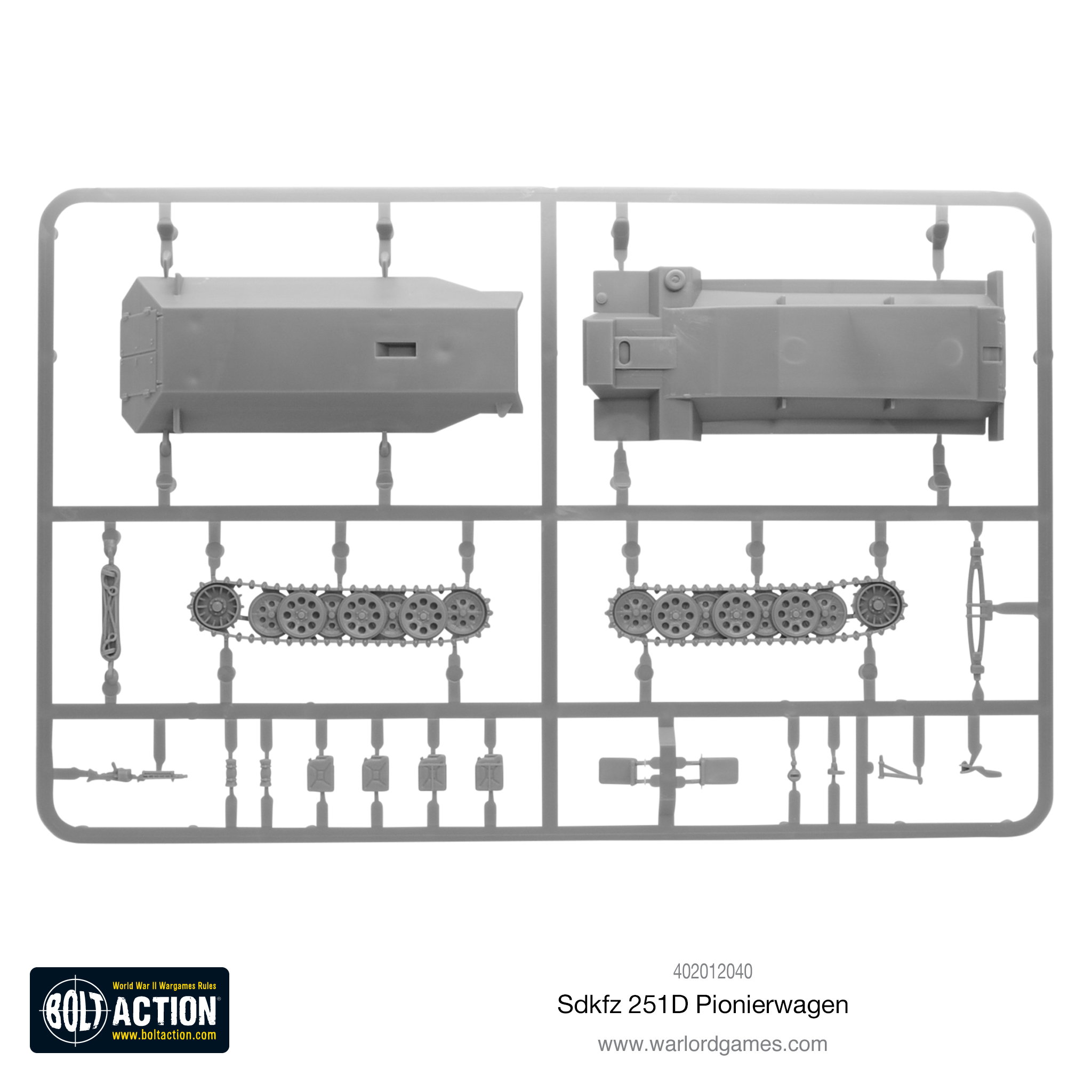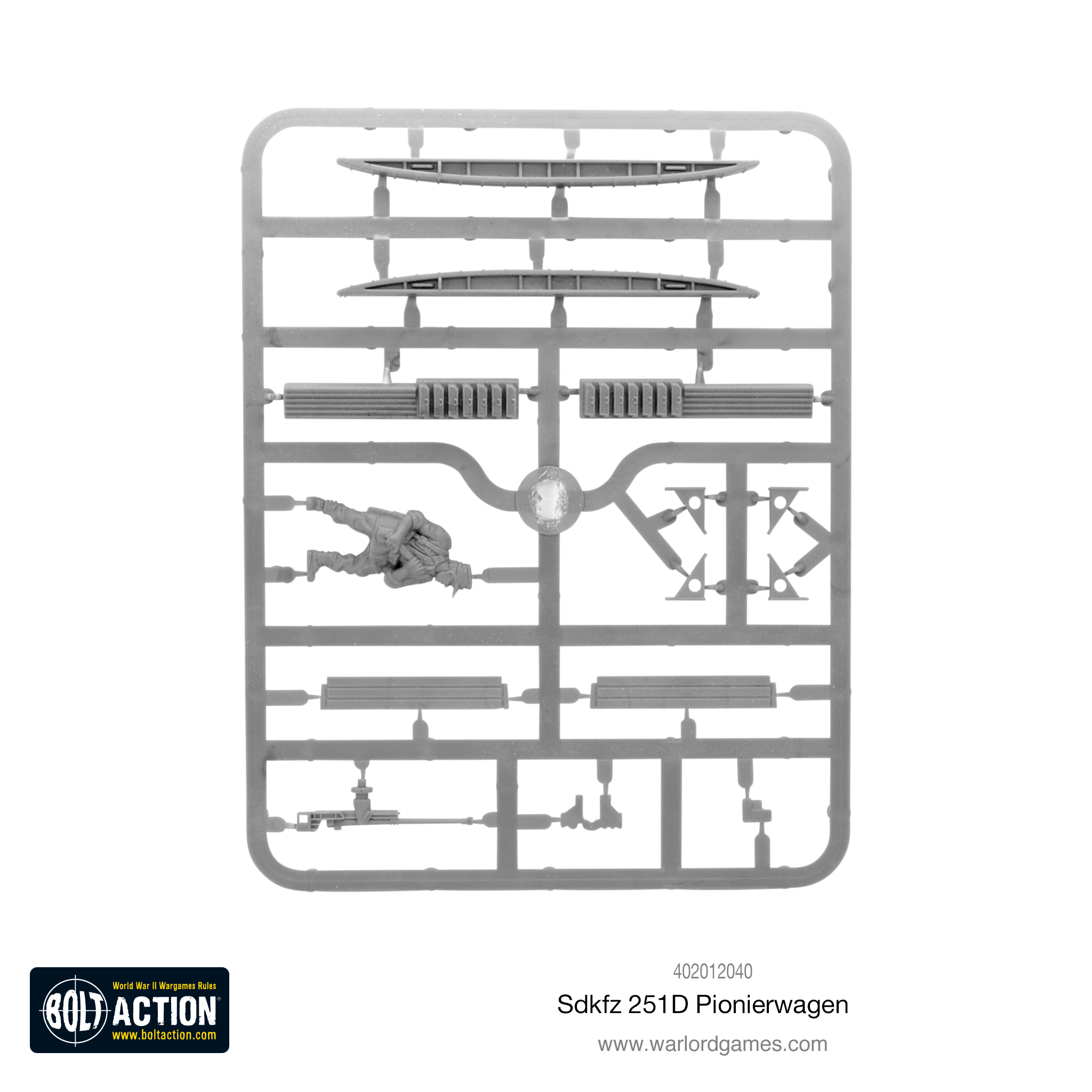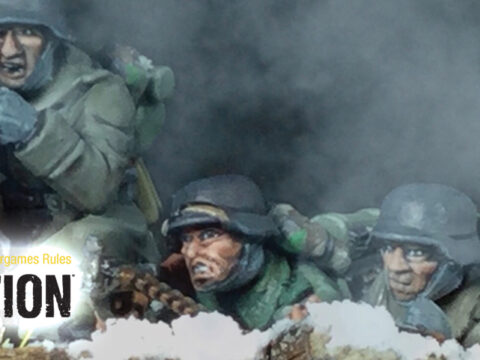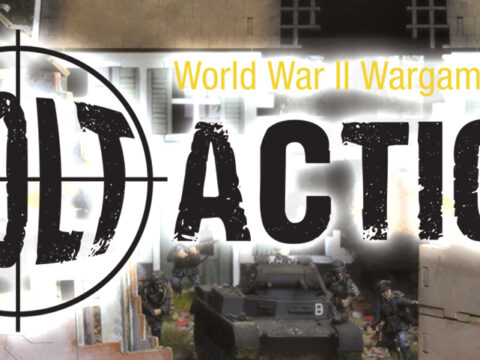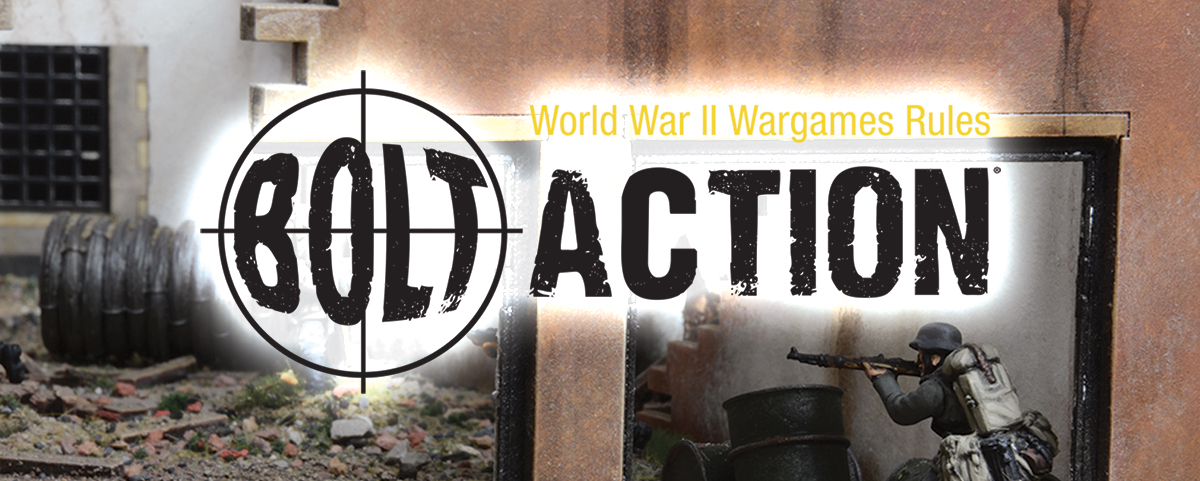
German Assault Pioneers were skilled at building all manner of fortifications, communications lines, tank traps and minefields. In addition to building useful structures, they were adept at the destruction of similar enemy positions, blowing railway lines and making roads unsafe for the enemy to travel along. As the German quest for global superiority stalled and finally crashed down around them, the Pioniers were tasked with the vital job of slowing the Allied advance, be it by booby trap, minefield, blown bridges, or taking the fight directly to the enemy.
Often overlooked in favour of the dashing panzers or elite Waffen-SS troops, the Pioneers were the unsung heroes of the German military machine. They were often the first to the battlefield, and the last to leave. Their skills would prove an invaluable asset in the hell-torn streets of Stalingrad.
Operation Hubertus
Operation Hubertus was the hoped final assault on the city of Stalingrad, heavily reliant on Pioneer reinforcements. There was confusion and debate as to what the objective of this final operation should be. Ultimately Hitler’s wishes; to push to capture the remaining areas of the Factory district, was acceded to. It would prove to be the final offensive conducted by the Germans in Stalingrad.
Five Pioneer battalions manoeuvred into position amidst the bitter Russian winter, alongside veterans of Stalingrad still harbouring some strength. On November 11th 1942 the attack was launched. With their backs to the Volga, the Soviets mounted a desperate and final defence.
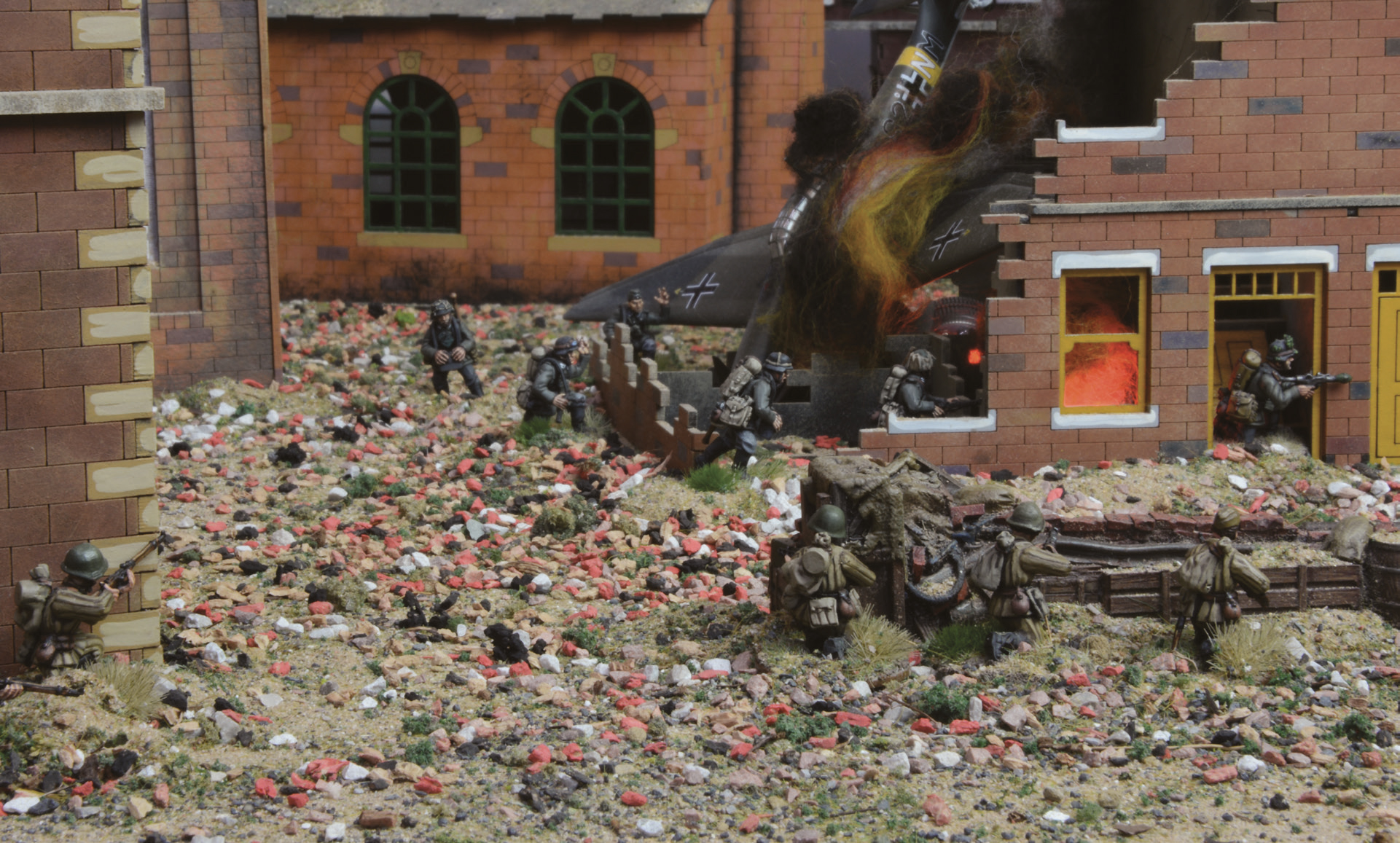
Under cover of artillery bombardment, the German Pioneers were able to reach the Soviets holed up in a sealed-up Apothecary undetected, and using a breach-and-clear strategy, placed demolition charges on the building, blowing whole new entrances and taking the defenders totally unawares. In disarray, the building fell to German control within minutes. This tactic was tried again upon the Commisar’s House, but no suitable breaching point could be found, and the Pioneers were forced to spend the night grasping for cover in shell holes to avoid the heavy Soviet free from the fortress-like house.
The battle lasted for two more days before the arrival of STuG 33Bs suppressed the Soviets enough that the Pioneers could navigate the courtyard of the building and use their demo charges to breach the main entrance. The Pioneers engaged in vicious room-to-room fighting, raining fire and death upon the stubborn Soviet defenders.
Campaign Stalingrad
Scenario 15 “Operation Hubertus, 13 November 1942″, in Campaign Stalingrad, allows you to refight this epic battle using the Bolt Action ruleset. Playing as the attacking Germans, you’ll need to field plenty of Pioneers to take full advantage of the scenario special rule – all German Pioneer units are considered to be armed with demolition charges (normally +5 points – a new option for Pioneer and Assault Engineer Units found in Campaign Stalingrad).
Pioneers
Building on our acclaimed Blitzkrieg Germans plastic frame we’ve added a bewildering amount of extra metal components to give you not only some exotic equipment but also allows you to field the German Sturmpioniere formations – the tough troops that were often at the vanguard of the German thrusts into enemy territory…
The kit is highly versatile and enables you to assemble a unique Assault Engineer squad with many iconic pieces of equipment, the assembly sheet below gives you a taster of the possibilities:
Mount Up
Get into the action quickly with the new plastic Pionierwagen or more specifically the Sd.Kfz 251/7 Ausf D half-track. The Pionierwagen was a very useful vehicle for the assault engineers of the German Army, seeing service on all fronts, from the vast open areas of the Russian Front to the rubble-choked streets of Berlin in 1945.
Arguably the most striking features of the Pionierwagen were the two detachable assault bridge ramps carried along the top of the crew compartment. These could quickly be removed and placed to span ditches, broken bridges or other similar obstacles. Side lockers would carry inflatable boats for river crossings. Early versions of the Pionierwagen could be seen to mount the 3.7mm PaK 36 anti-tank gun instead of the forward machine gun but, as the war progressed, these became less effective and would be replaced by the Panzerbüchse 41 squeeze-bore gun, giving it a realistic chance against Allied armour.

